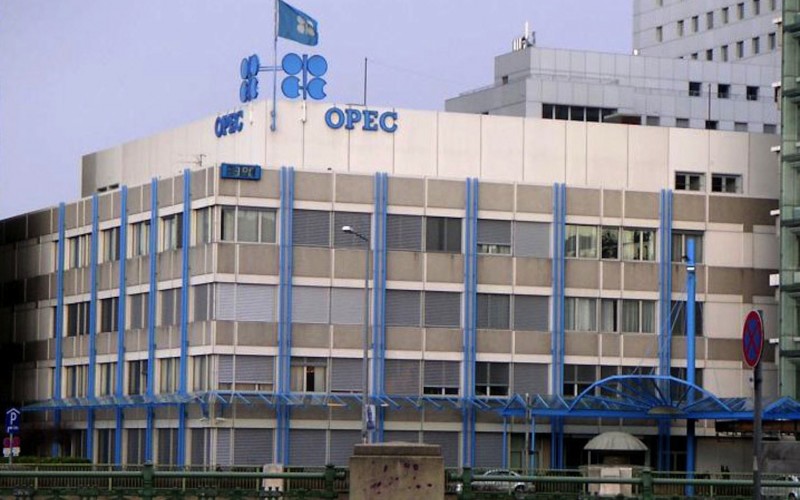A year after the beginning of the biggest oil price slump in a decade, it is worthwhile to assess the current state of affairs and estimate the costs both for the global economy and the political stability of oil exporting countries.

The oil industry was caught unprepared by the sudden slump in oil prices in July 2014, which was subsequently accentuated by the OPEC’s decision to maintain its 30 million barrels per day quota in order to retain market share and damage the booming US shale oil industry.
OPEC’s move, enacted primarily by Saudi Arabia, did not entirely bring the intended result. The Saudis have bene able to maintain their market share, but US shale producers still have their heads above water. The oil crisis is starting to affect not only the global energy industry, but also the economies of oil exporters — including the richest among them, the Gulf countries.
Saudi Arabia issued a first bond package this year for the first time since 2007. At the same time, government revenue will fall by $82 billion in 2015, and the country risks running a deficit well into the next decade, while the fiscal deficit for 2015 is expected to rise to 20%.
On the other side of spectrum is Venezula, where, unlike the in Desert Kingdom, President Nicolas Maduro’s regime does not have $600 billion of currency reserves at its disposal. Maduro is facing defeat at the December elections in the midst of a disastrous economic downturn helped by the currency crisis and the fall in oil revenues.
Other countries with weak balance sheets, such as Ecuador, Nigeria and Iraq, will also struggle to meet their budget targets – and, consequently, the high-oil-prices-ridden expectations from their electorate.
At the same time, there are no signs that prices might rebound any time soon, since the fundamentals haven’t changed much. The world is still oversupplied with as much as 3 million barrels of oil per day.
Iran’s return to the markets, combined with the fact that the Chinese economy is going through a tumultuous period that might affect its domestic consumption, brings new challenges to the oil markets, and the industry is already starting to feel the pinch.
The biggest oil giants responded by cutting capital costs and re-assessing current and future projects. Ernst & Young analysis shows that around $200 billion worth of investments have already been cancelled or put on hold. This trend will particularly affect deepwater projects, and some mature fields, such as the North Sea. Simultaneously, with profit margins severely narrowed, the companies will struggle to pay dividends to their shareholders.
The US shale sector produced mixed results over the past 12 months. Low prices are undoubtedly taking their toll, and according to the US Energy Information Agency, US oil production began falling in April. However, overall production has remained high, at around 9 million barrels per day, which is a sign that OPEC’s strategy has worked, but not as efficiently as expected in November 2014 when the cartel decided to maintain its output quota
With the global economy facing a prolonged period of low oil prices, it is increasingly evident that the US shale revolution has drastically changed global energy trends. OPEC and other oil producers will have to accept this new reality and establish a new equilibrium, instead of insisting on artificial and outdated methods of price control that, in the long-term, will only result in more economic losses and political volatility.
sourche: http://globalriskinsights.com/2015/09/low-oil-prices-fuel-political-and-economic-instability/
Δεν υπάρχουν σχόλια:
Δημοσίευση σχολίου